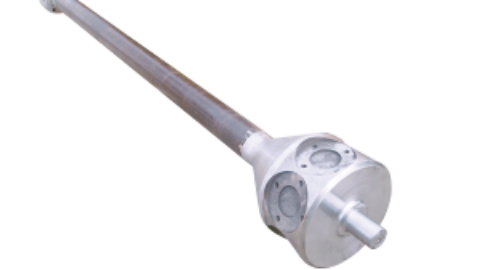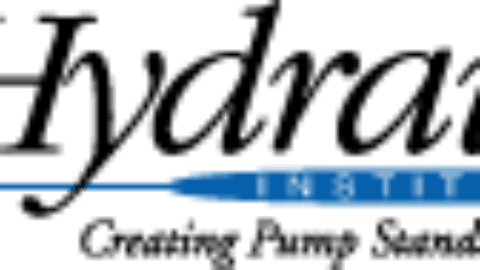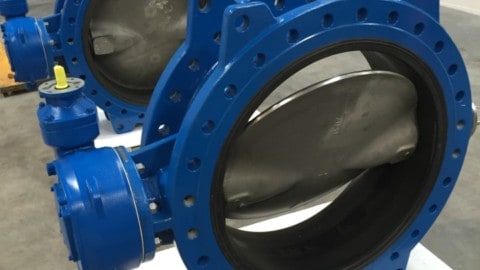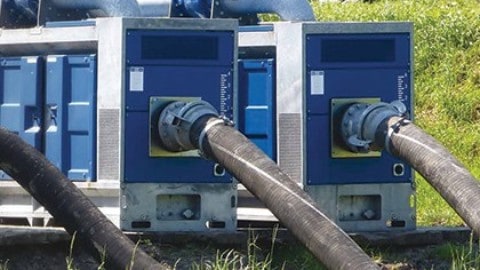Impeller trimming means the reduction of the impeller diameter from maximum, usually to adjust the pump performance to a required duty point. Performance curves for centrifugal pumps usually detail the performance for a number of impeller diameters between a maximum and minimum allowable diameter. Several things can happen when the impeller vane diameter is reduced.
Changes in performance
Simply put, the greater the impeller reduction and the higher the specific speed of the impeller, the more the pump efficiency will decrease with impeller trimming. The change in pump performance with changes in impeller diameter can be predicted similarly to that with speed change utilising the affinity laws:
- Pump flow rate (Q) varies directly with the diameter (D)
i.e. Q1/Q2 = D1/D2 - Pump head (H) varies with the square of the diameter (D)
i.e. H1/H2 = (D1/D2)² - Power absorbed varies with the cube of the diameter (D)
i.e. P1/P2 = (D1/D2)³
These relationships (not laws) allow adjustment of the H-Q curve but there is a detrimental impact on efficiency especially for impeller reductions greater than ten per cent of maximum.
NPSHR
In general, impeller diameter reductions greater than five per cent to ten per cent of the maximum will increase the NPSHR (net positive suction head required) dependent on impeller specific speed.
S = rpm x √Q
NPSHR¾
It can be seen in this equation that NPSHR should not change with changes in impeller diameter as long as flow and RPM remain constant. There is no factor in the S equation that relates to impeller diameter. Suction specific speed (S) remains constant, for any defined inlet geometry, as long as the field of flow into the impeller eye is not disrupted by events taking place downstream of the impeller inlet.
When trimming impellers on pumps that are of a low specific speed (Ns <30 SI, 1500 US), tests have shown that there is little effect on NPSHR within the allowable impeller cut range. Beyond the allowable impeller cut range, recirculation between impeller discharge and the impeller inlet start to disrupt the inlet field of flow, increasing the NPSHR.
More accurate information can be obtained from a complete performance chart with different impeller diameters detailed.
This article was brought to you ny Kelair Pumps Australia. for more information visit www.kelairpumps.com.au

















